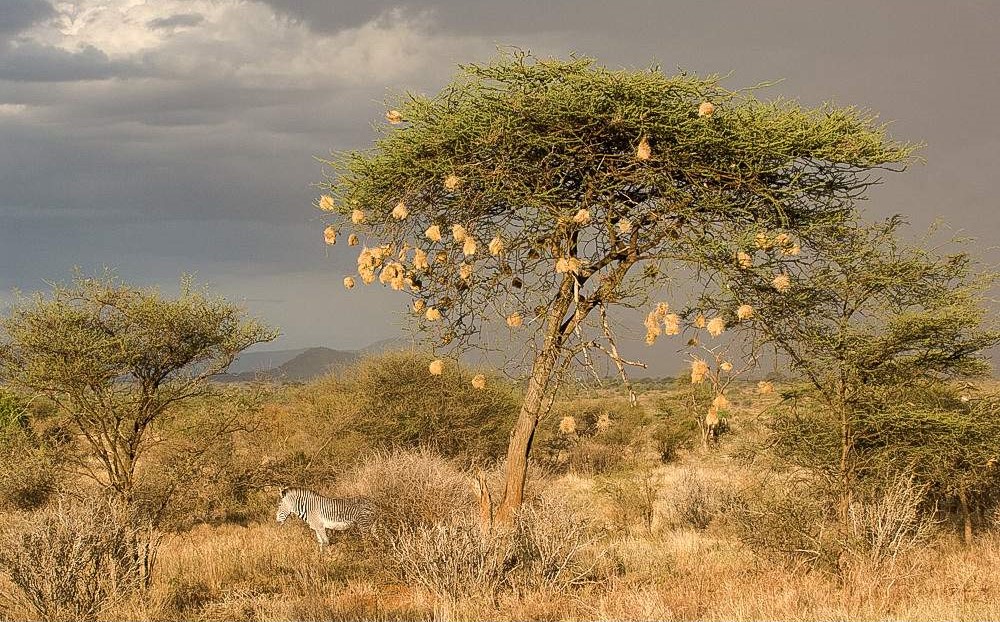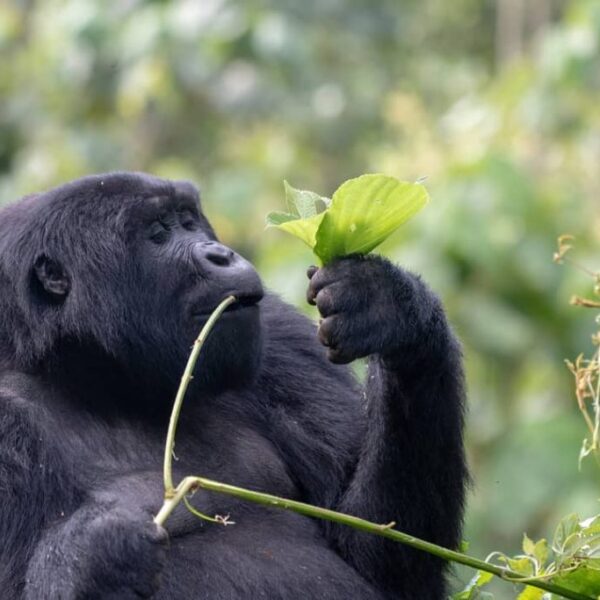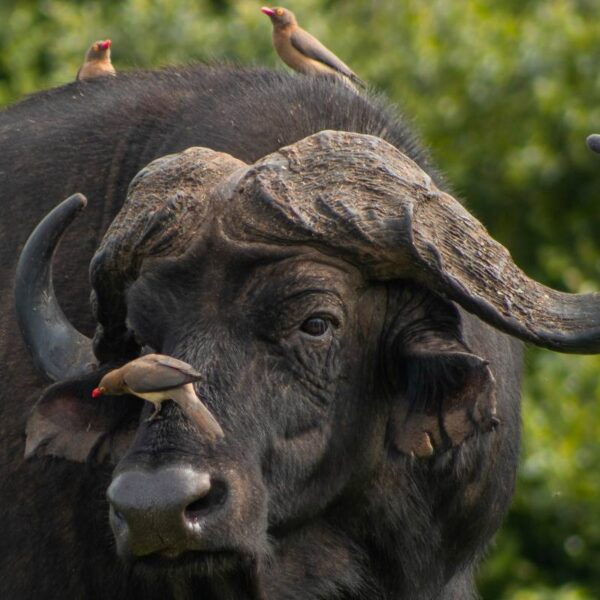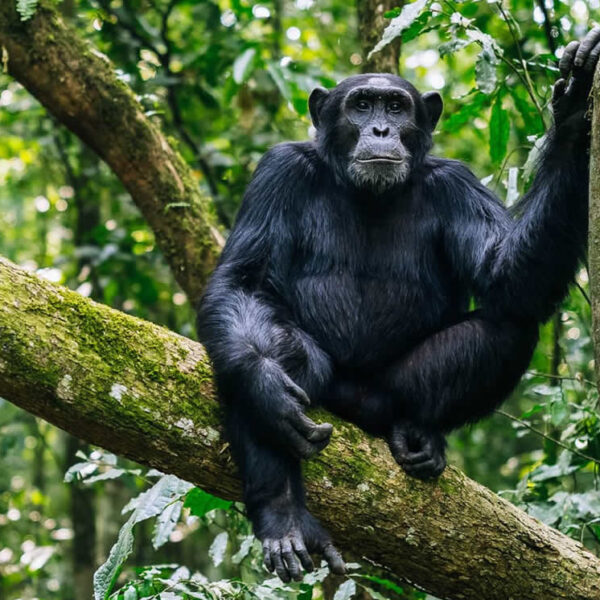Overview
Natural phenomena occur all over the world, but very few can compete with the sheer size of the annual Wildebeest Migration through the Serengeti-Mara Ecosystem. The numbers alone are hard to believe: up to 2 million animals – wildebeest as well as zebra and gazelle – follow the rains and their ancient instincts on a death-defying, 3 000-kilometre (1 900-mile) journey.
It’s drama on a truly epic scale: the migrating herds undergo all manner of challenges and hardships as they move from region to region. They’re constantly under attack from predators, none more so than from Africa’s big cats – lion, leopard and cheetah – and the massive crocodiles that lie in wait at various river crossing points.
Tips for Planning Your Migration Safari
- Book early – at least a year in advance. Lodges and camps fill up fast, especially for a Great Migration safari from June to October. Remember, this is safari’s high season and when the popular river crossings happen, but you can see the herds any time of the year.
- Arrange your timing carefully. The Migration is a year-round journey and some of its stages, like the river crossings, cannot be predicted. Knowing when to go on a Wildebeest Migration safari depends on what you want to see and experience.
- Go private. The national parks can get very busy during safari’s high season (June to October). If you’re looking for exclusivity plus accessibility to the herds, consider staying in a private reserve or conservancy.






